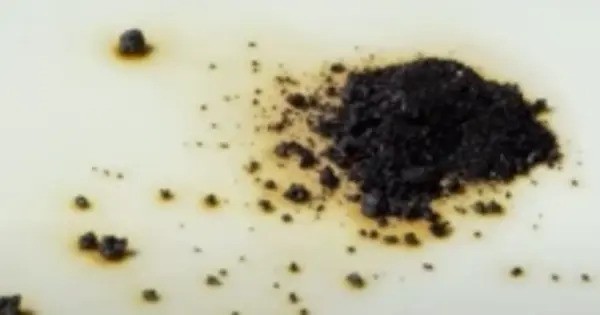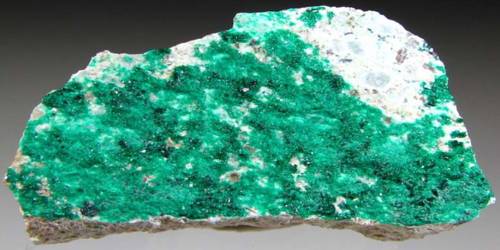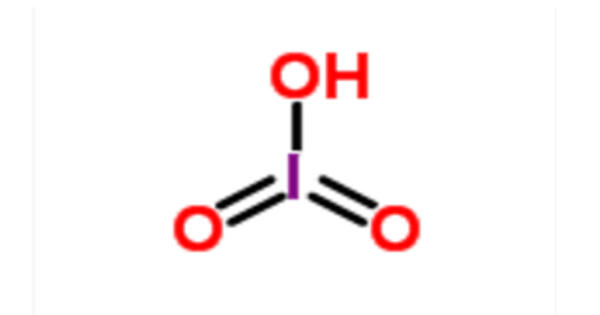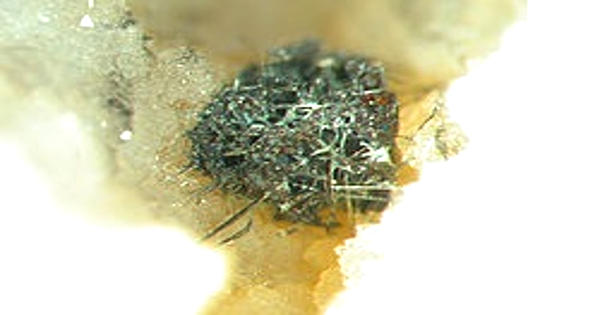Titanium tetraazide is an inorganic chemical compound with the formula Ti(N3)4. It contains a titanium atom at the center, with four azide (N₃) groups attached to it. It is a highly sensitive explosive, and has been prepared from titanium tetrafluoride and trimethylsilyl azide via the corresponding fluoride-azide exchange. It is considered an unstable and sensitive compound due to the inherent reactivity of the azide group.
Properties
Titanium tetraazide has been characterized by vibrational spectroscopy and single-crystal X-ray diffraction. The compound was predicted in 2003 to be vibrationally stable, and was expected to have a tetrahedral structures containing linear bond angles, contrasting other metal azides which generally feature bent bond angles.
- Chemical formula: Ti(N3)4
- Molar mass: 215.95 g/mol
- Appearance: It is typically a crystalline solid, though it can vary depending on the conditions under which it is synthesized.
- Stability: The compound is highly sensitive to heat, impact, and friction.
- Sensitivity: It is very sensitive to shock and friction, and it can decompose violently when exposed to these stimuli. This makes it hazardous to handle and store.
- Decomposition Products: When decomposed, it can produce nitrogen gas (N₂), titanium oxide (TiO₂), and other potentially harmful compounds.
- Solubility: It is generally insoluble in water but may be soluble in some organic solvents.
Reactivity
Titanium tetraazide is highly sensitive and can decompose violently under certain conditions. The decomposition of azides can lead to the release of nitrogen gas (N₂), which can be explosive.
Occurrences
Titanium Tetraazide is not a naturally occurring compound. Instead, it is synthesized in laboratory settings, typically as part of research into materials with high energy density or as part of studies in pyrotechnics or propellants. Azides, including titanium tetraazide, are often explored for their potential use in explosives, rocket propellants, or as detonators due to their ability to release a large amount of energy upon decomposition.
Uses
It has potential uses in the field of energetic materials, such as in explosives or propellants, but due to its instability, it is not widely used outside of research settings.
Safety
Due to its instability and the presence of azide groups, titanium tetraazide must be handled with extreme caution. It is sensitive to heat, shock, and friction.
















